
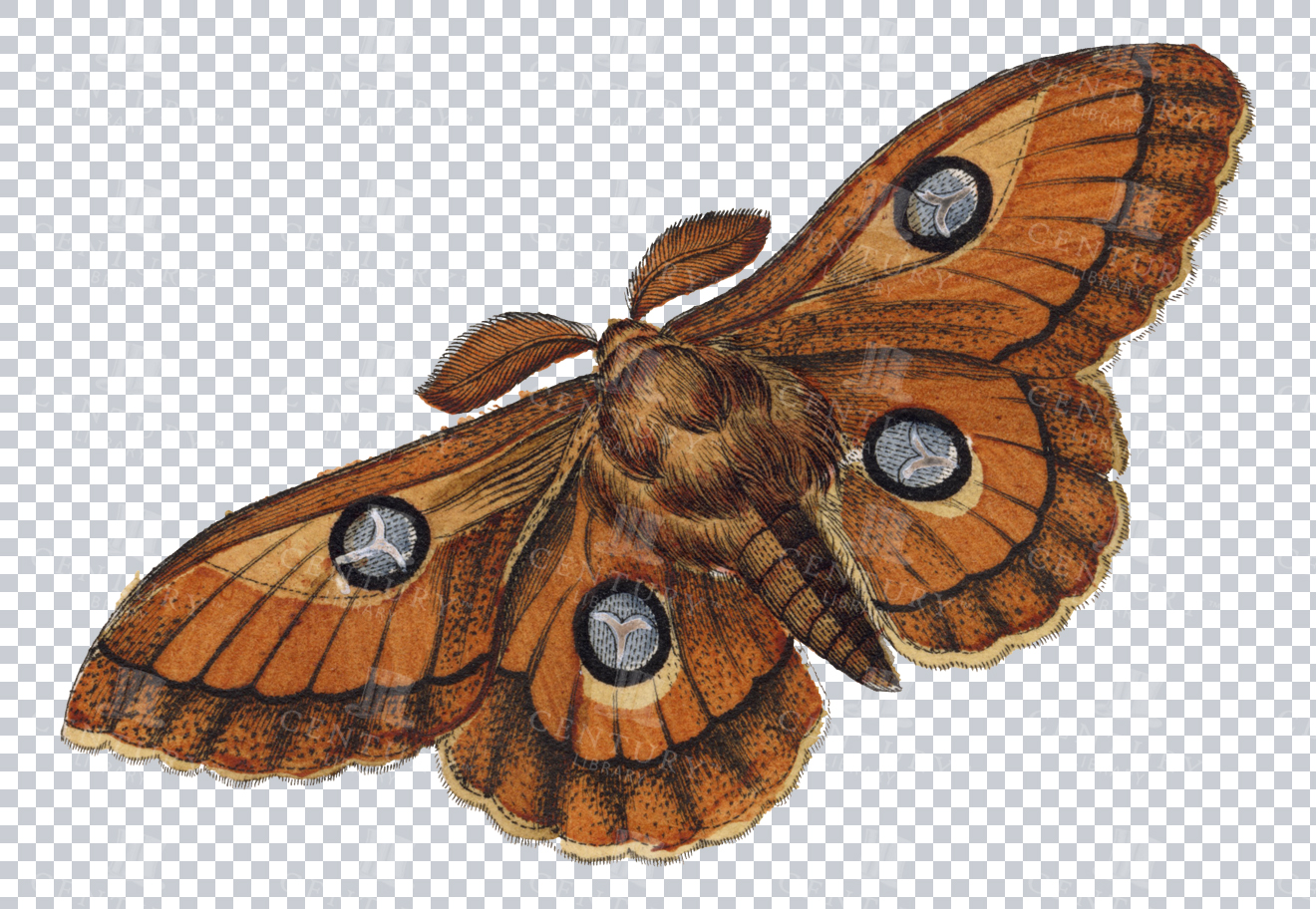

Large Brown Moth with Eye Spots Illustration from the 1800s – Vintage Transparent PNG Insect Art
A vintage illustration from the 1800s of a large brown moth with prominent eye spots on its wings. The moth's detailed wings are spread wide, showing the eye-catching patterns and texture, symbolizing the wonders of insect life.
- Resolution: 3298 × 2276
- Image Type(s): PNG
From this collection
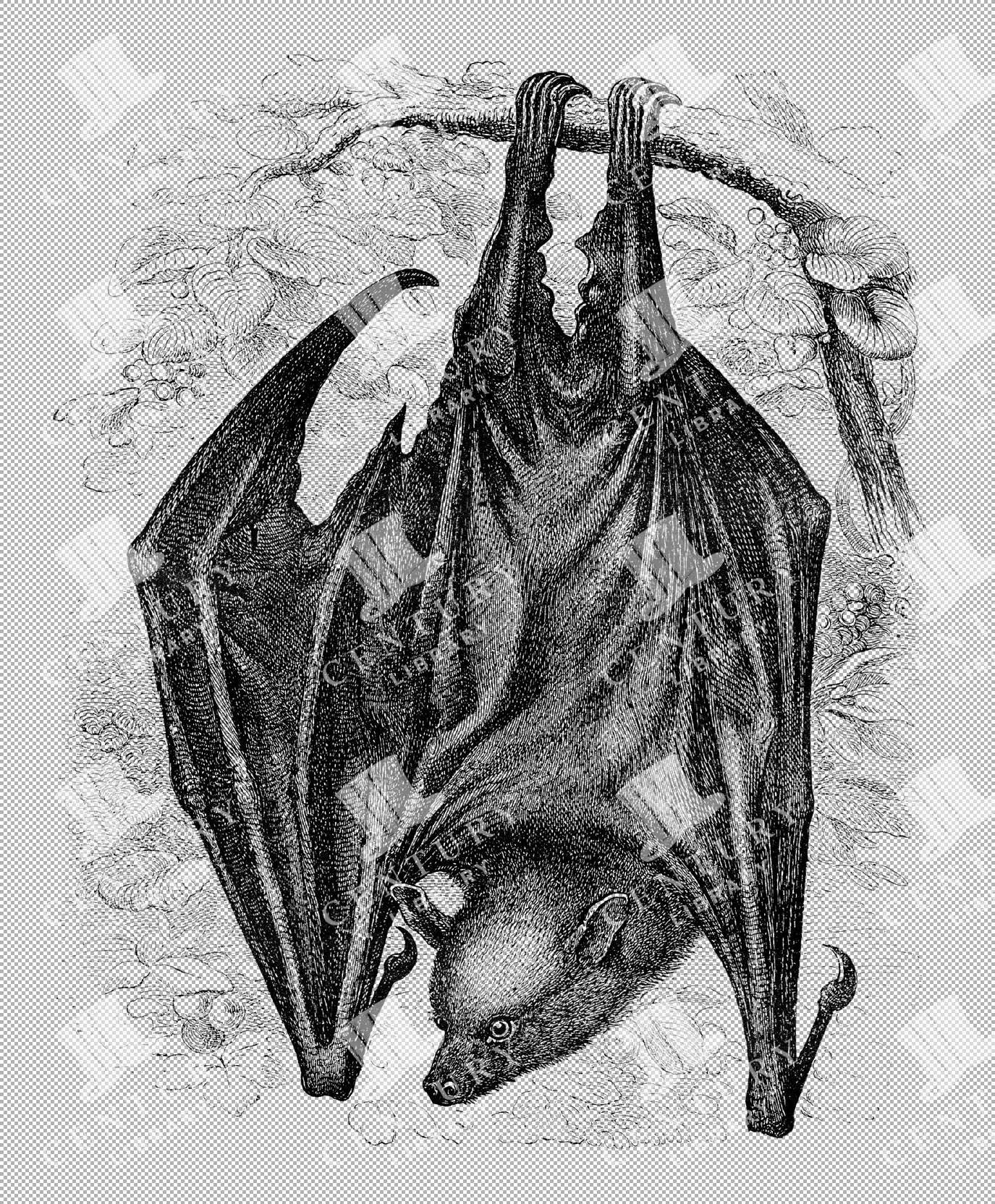

Flying Fox Bat Hanging – Transparent PNG
A realistic illustration of a flying fox bat hanging from a branch, with wings folded. The transparent PNG format makes this image ideal for projects focused on nocturnal wildlife and bats, emphasizing the bat’s unique anatomy and posture.
- Resolution: 3763px x 4554px
- Image Type(s): PNG
- Animal
- animalia
- Bat
- Branch
- chiroptera
- Claws
- creature
- dark
- Drawing
- Ears
- exotic
- Eyes
- Flying
- Fox
- fruit bat
- fur
- Hanging
- hanging upside
- illustration
- illustration PNG
- isolated
- large
- Mammal
- mega bat
- Nature
- Night
- nocturnal
- perched
- PNG
- rainforest
- representation
- resting
- Silhouette
- sketch
- transparent
- transparent background
- Tree
- tree branch
- Tropical
- Wild
- Wildlife
- Wings
Related Images
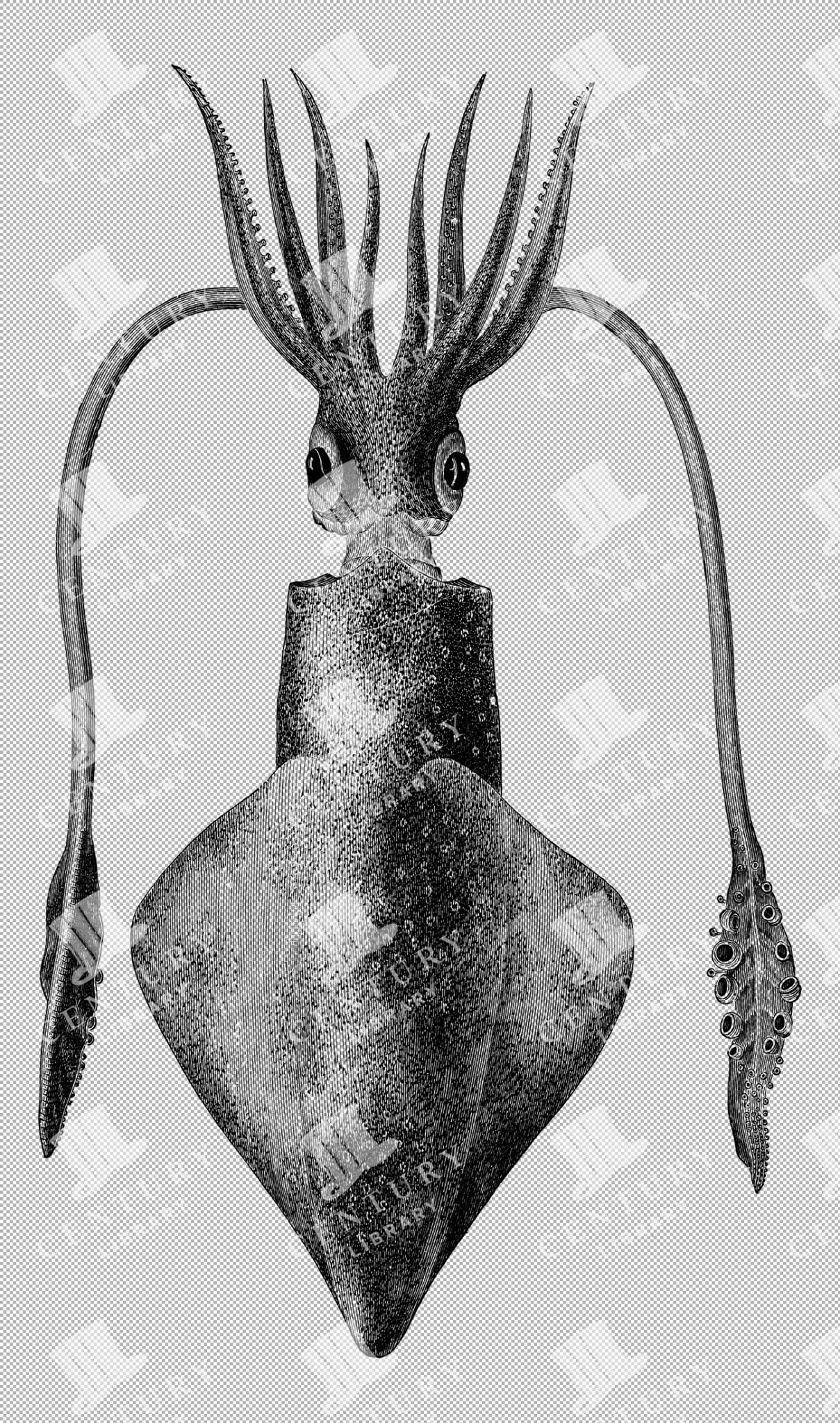

Common Squid with Tentacles and Large Eyes Illustration
This illustration features the common squid, focusing on its streamlined body, large eyes, and long tentacles. The artistic rendering captures the squid's agility and predatory nature in aquatic environments, showcasing its anatomy in an elegant, detailed sketch.
- Resolution: 3599px x 6102px
- Image Type(s): PNG
Related Images
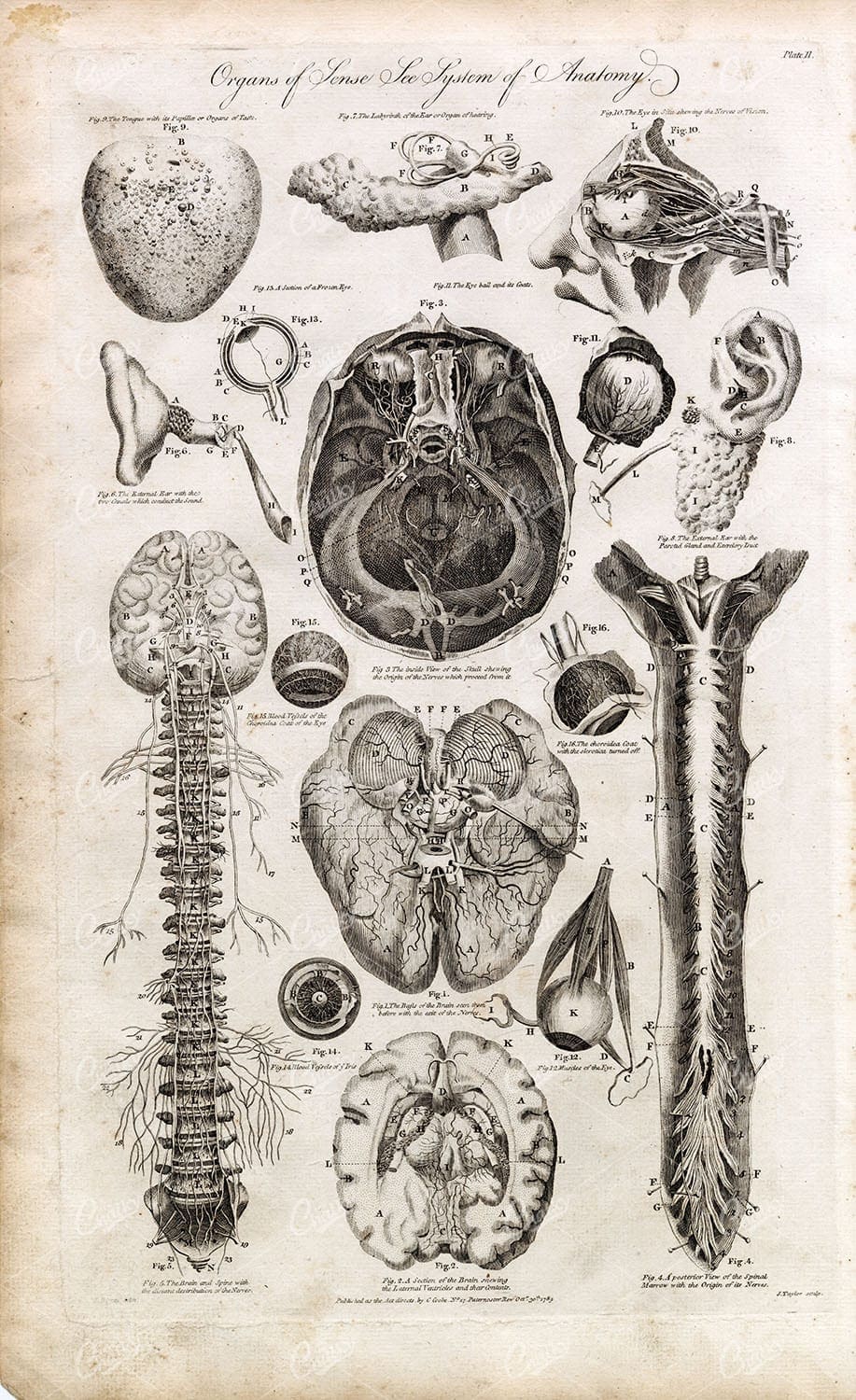

HUMAN ANATOMY – Organs of Senses (Brain, Spine, Eyes, Ears) 1791 Print
You're looking at a scarce, 229 year old, steel plate engraving from the original "The New Encyclopaedia Or Modern Universal Dictionary Of Arts And Sciences On A New And Improved Plan" by Hall, William Henry, Bedford Row, London, published by C Cooke, London.
- License Info
- Resolution: 8300 x 13800 300dpi
- Year of Print: 1791
- Artist: C. Cooke
Related Images


Spectral Tarsier with Wide Eyes Perched on Branch Line Art
Line art of a Spectral Tarsier with wide eyes perched on a branch, highlighting its small size and unique primate features in detailed line art
- Resolution: 2067px x 2360px
- Image Type(s): PNG
Related Images


Common Loris Nocturnal Primate Illustration with Large Eyes
A highly detailed illustration of the common loris, showcasing its nocturnal features such as large eyes and gripping hands. This sketch captures the slow movements and distinct fur patterns of this small primate, emphasizing its unique adaptations for night living
- Resolution: 2387px x 1516px
- Image Type(s): PNG
Related Images


Detailed Antique Illustration of a Bamboo Lemur Perched on a Tree Branch
This 1800s vintage illustration depicts a bamboo lemur sitting on a tree branch, with detailed fur and expressive eyes, typical of historical wildlife art.
- Resolution: 3664px x 4423px
- Image Type(s): PNG
Related Images
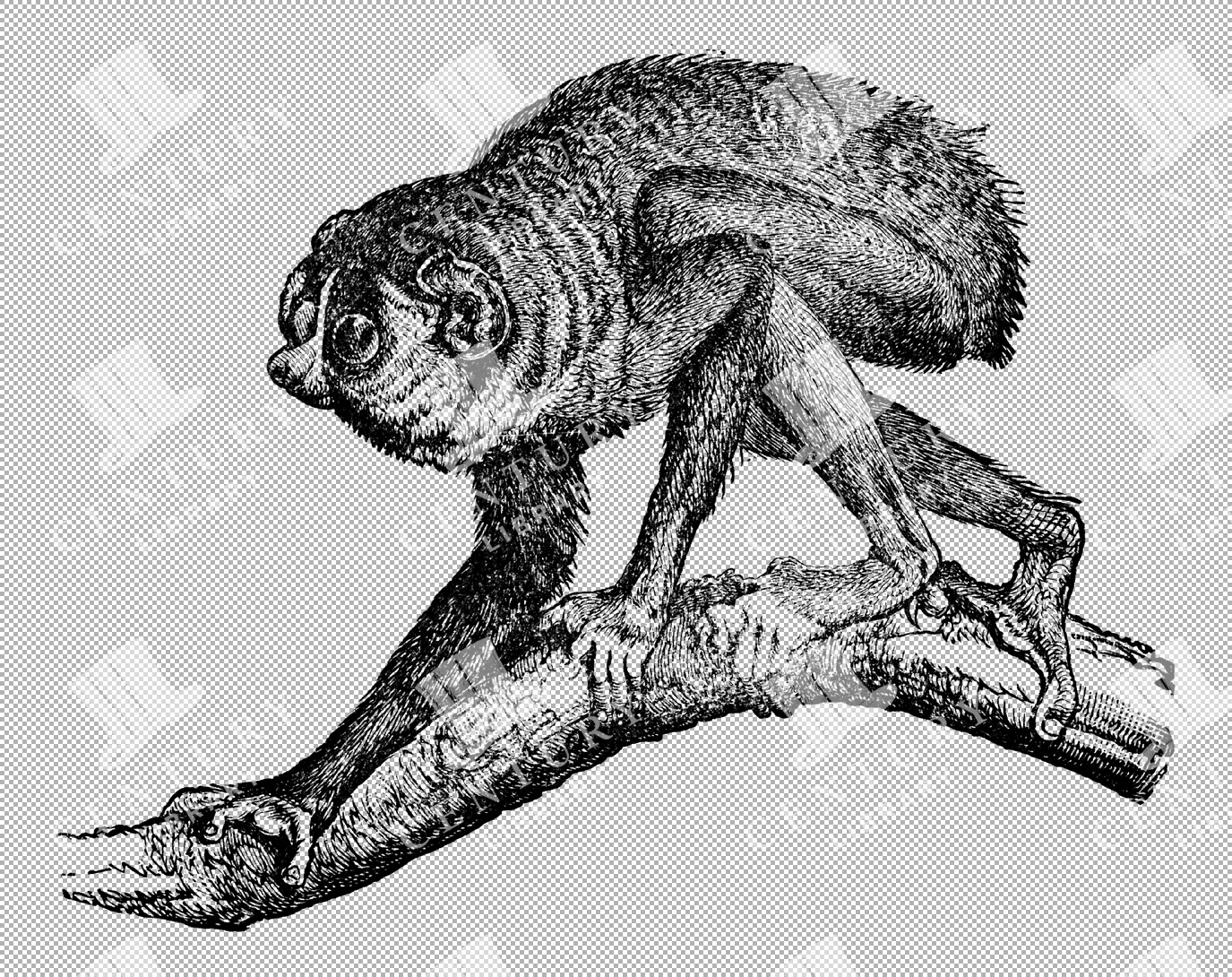

Slender Loris with Large Eyes Walking on a Branch Illustration
Illustration of a Slender Loris with large expressive eyes, depicted walking on a branch in detailed line art, capturing its unique nocturnal features
- Resolution: 2293px x 1817px
- Image Type(s): PNG
Related Images
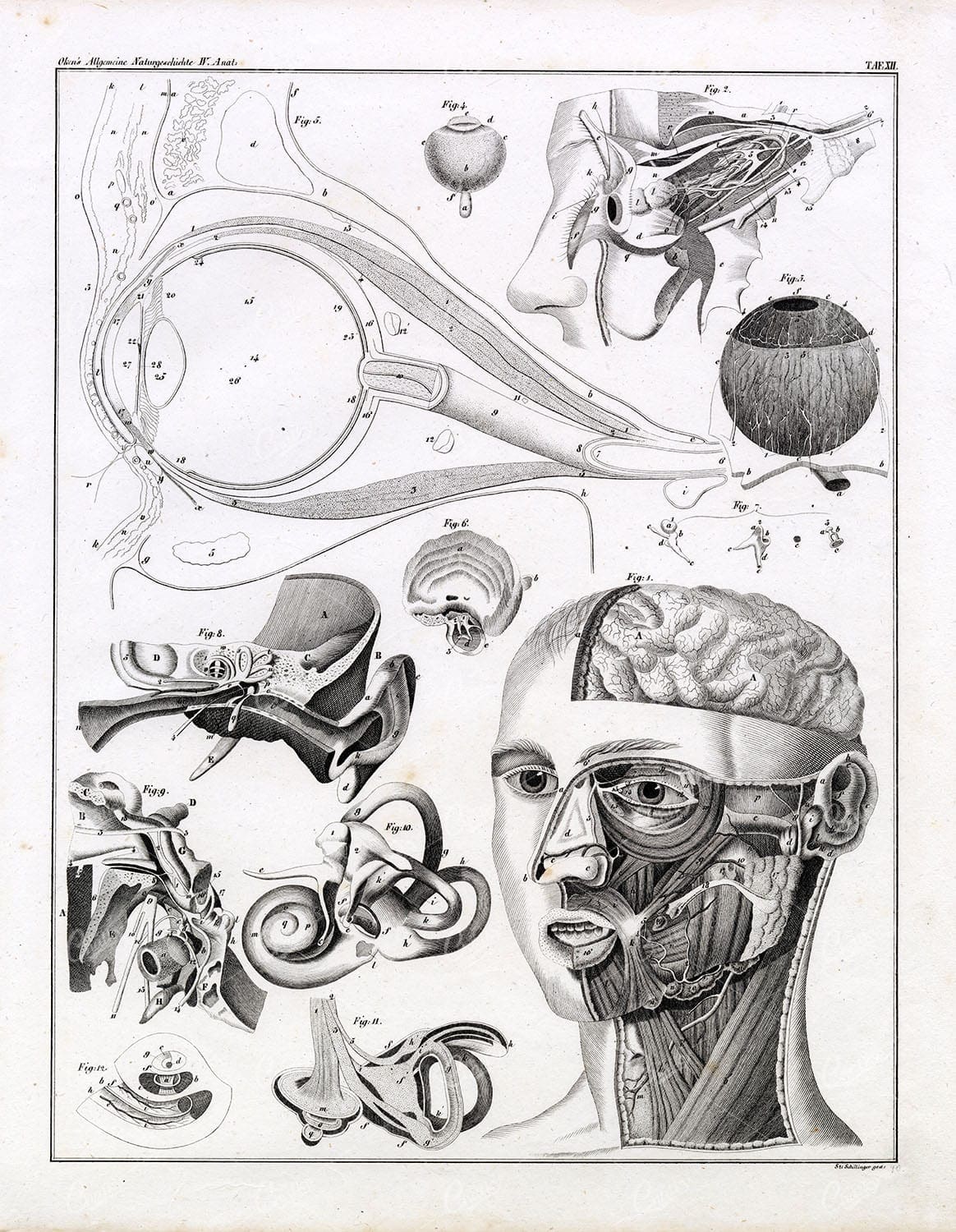

OKEN’S Naturgeschichte – 1836 Human Anatomy Print – Eyes
Original Colour Vintage Print from Lorenz Okenfuss' 'Oken's Naturgeschichte' (Allgemeine Naturgeschichte für alle Stände), with illustrations by Johann Susemihl (1767-1847), and published in Stuttgart by Hoffman between 1839 and 1841. Lorenz Oken (1 August 1779 - 11 August 1851) was a German naturalist, botanist, biologist, and ornithologist. Oken was born Lorenz Okenfuss (German: Okenfuß) in Bohlsbach (now part of Offenburg), Ortenau, Baden, and studied natural history and medicine at the universities of Freiburg and Würzburg. He went on to the University of Göttingen, where he became a Privatdozent (unsalaried lecturer), and shortened his name to Oken. As Lorenz Oken, he published a small work entitled Grundriss der Naturphilosophie, der Theorie der Sinne, mit der darauf gegründeten Classification der Thiere (1802). This was the first of a series of works which established him as a leader of the movement of "Naturphilosophie" in Germany.
- License Info
- Resolution: 9500 x 11500 300dpi
- Year of Print: 1836
- Artist: Lorenz Oken
- Image Type(s): JPG
From this collection
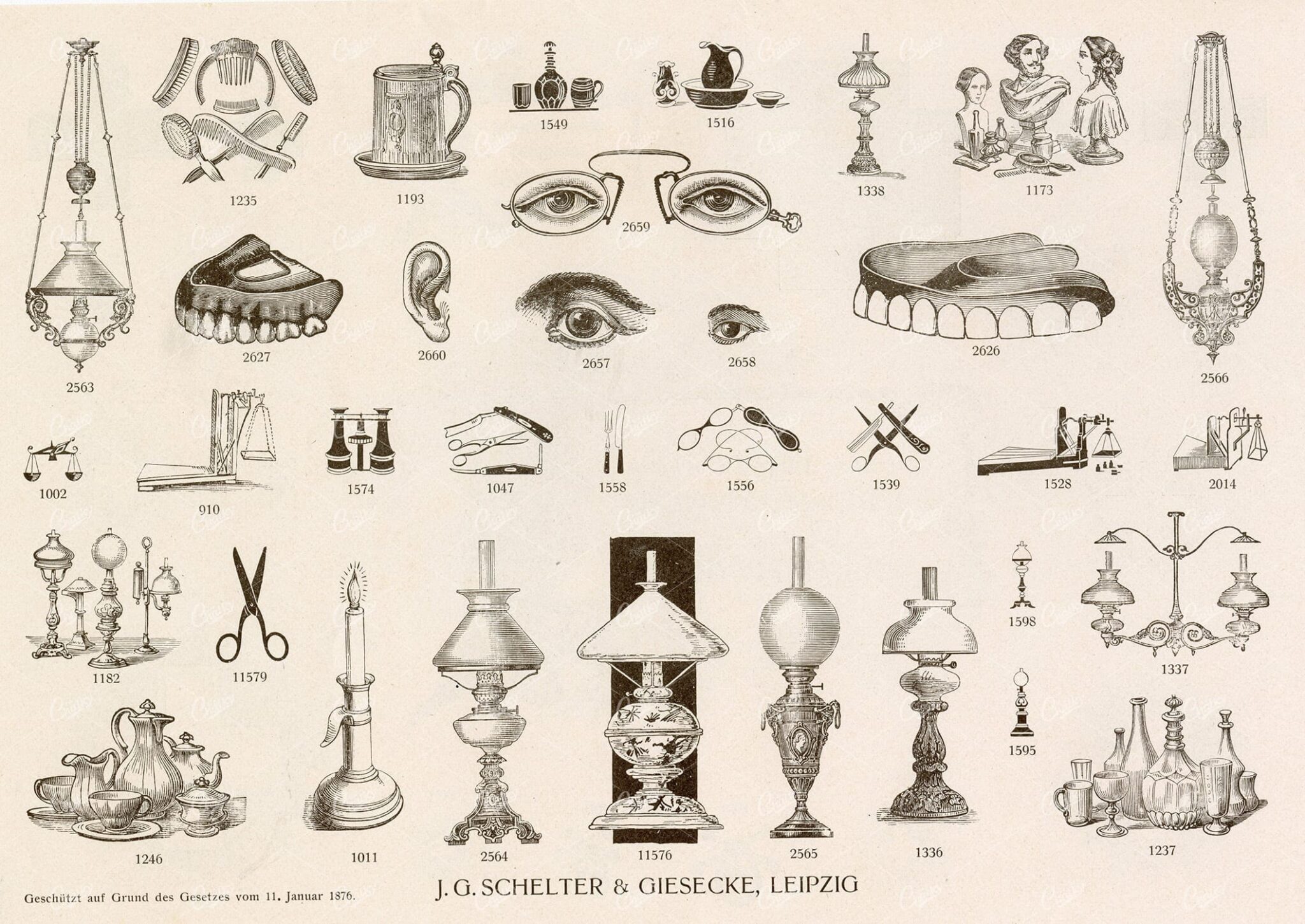

MISCELLANEOUS Selection of Vintage Design Elements – 1800s Antique Stock Artwork
The type foundry and print shop of old would create books, like the one this image was discovered within, to help customers and clients with their design choices. Naturally, these books were jam packed with useful illustrative elements that could be combined to create a final piece. Today, these books are extremely difficult to get a hold of. Especially those that were published in the late 1800s. They were not mainstream publications, they simply served as 'catalogs' and thus were only produced in small numbers. Fortunately, we were introduced to a collector who had precisely what we had been searching for for so long. After some costly negotiations, we're very excited to be able to share the wonderful gems within.
- License Info
- Resolution: 7539 x 5336
- Year of Print: Late 1800s
- Artist: Schelter & Giesecke Type Foundry
From this collection
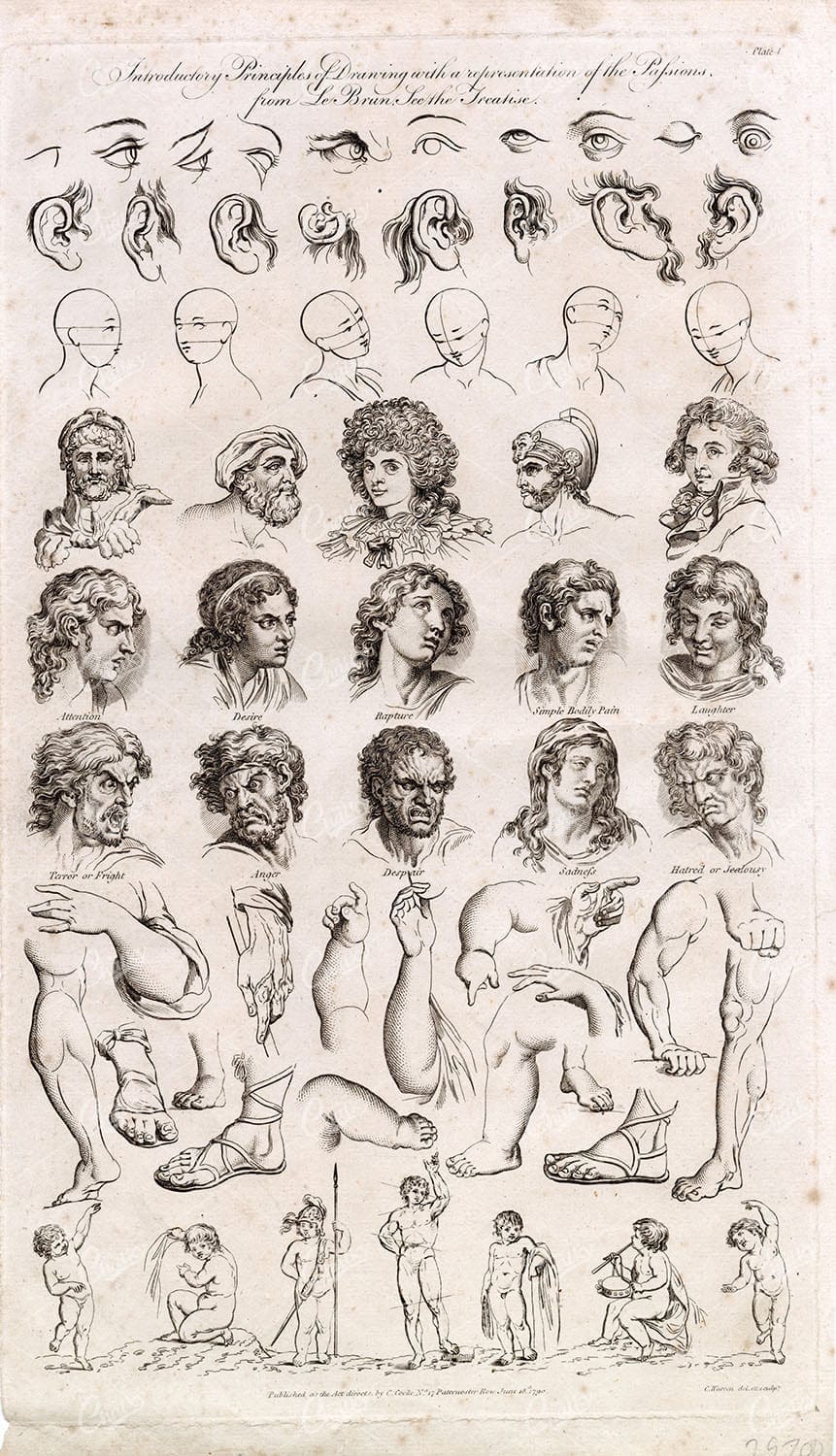

HALL 1789 Antique Stock Image. Introductory Principles of Drawing Plate 1
- License Info
- Resolution: 11634 x 16420 300dpi
- Year of Print: 1789
- Artist: Royal Encyclopaedia
Related Images
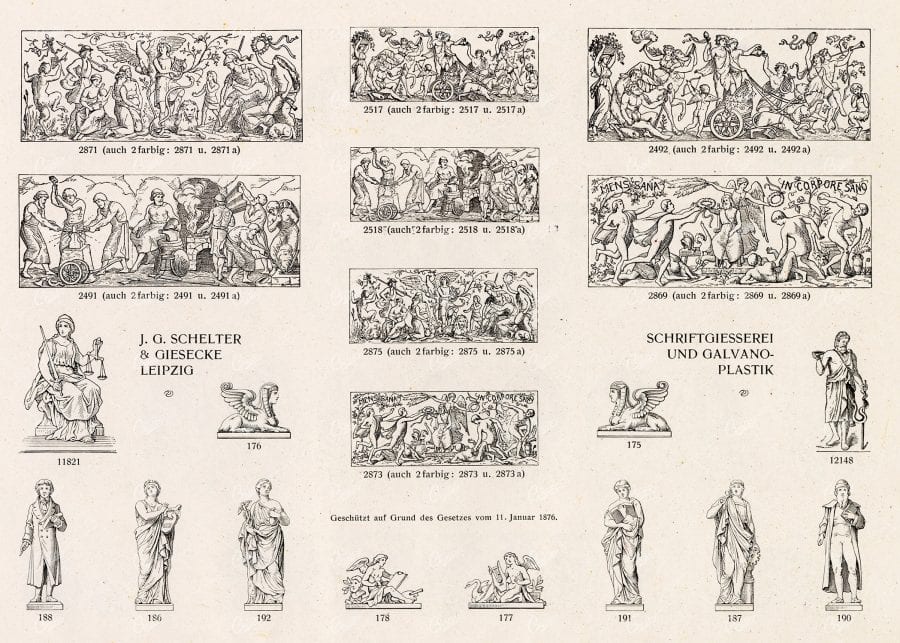
Support the Library
Our supporters and members help us continue collecting and restoring these wonderful pieces of art for the modern creator
Unlock Everything and Become a Member!
While a lot of the library is available for free, some is kept behind closed dusty doors only to be accessed by our lovely members.

